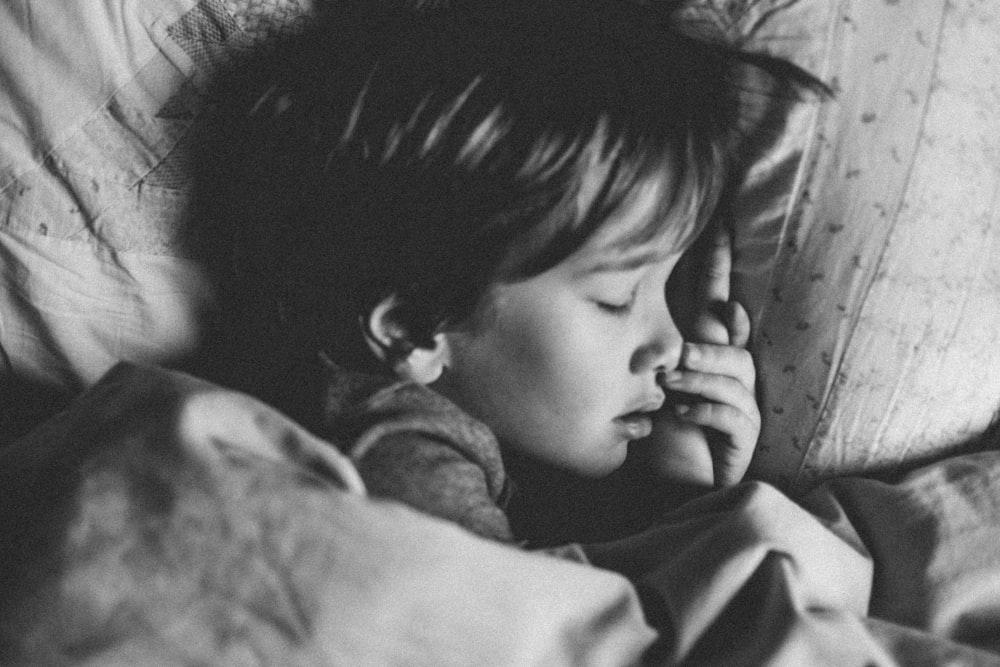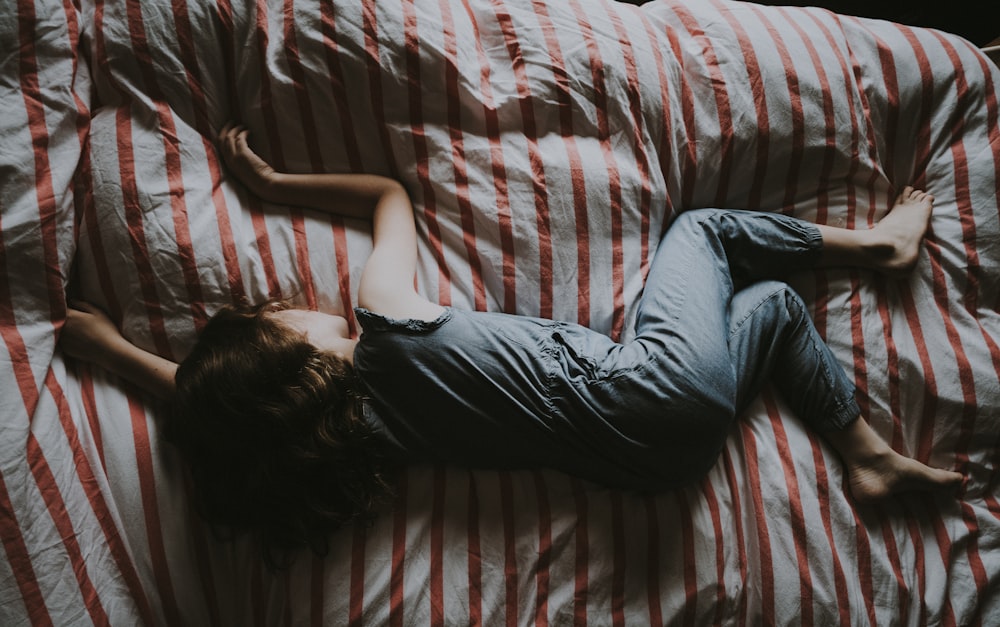While the risk for obstructive sleep apnea generally increases with age, this doesn’t mean that children are immune. In fact, many children struggle with this sleep disorder, which can negatively affect their quality of life just like it does for adults.
So, what can parents do? Understanding the risk factors for pediatric sleep apnea, learning to identify symptoms and side effects, and knowing how to address the problem are essential for ensuring your child gets the quality sleep they need.
What Causes Pediatric Sleep Apnea?
In adults, the risk for sleep apnea increases with age. The condition is also closely linked with obesity. The excess buildup of fatty tissue in the throat can cause the throat muscles to relax too much during sleep, constricting and potentially entirely blocking the flow of air.
Among children, obesity can also increase the risk of obstructive sleep apnea. However, it is more common for a child’s sleep apnea to be caused by overly large adenoids or tonsils, which can also block the airways. As with adults, a large tongue can also potentially block the throat during sleep.
Other known risk factors for sleep apnea include down syndrome, neuromuscular disorders, and abnormalities in the skull, face, or jaw that result in a narrow airway. A child who had a low birth weight may also be at greater risk of developing this condition. Individuals with a family history of obstructive sleep apnea are also more likely to develop this disorder, whether during childhood or adulthood.
Identifying Sleep Apnea in Children
Left untreated, pediatric sleep apnea can cause a child to struggle to grow like they should. As with adults, the process of constantly awakening and then falling back asleep throughout the night can also lead to heart problems, such as elevated blood pressure.
The good news is that these serious outcomes can generally be avoided when parents are able to recognize other symptoms early on. Though less common than in adults, children with obstructive sleep apnea will often snore, with breathing seemingly interrupted by gasps or snorts. Children with obstructive sleep apnea usually experience restless sleep, and will sleep in unusual positions. Heavy breathing and mouth breathing are also common.
Children who have obstructive sleep apnea may develop other sleep-related issues, such as night sweats, a sudden onset of bedwetting (when they previously did not wet the bed), and even sleepwalking and night terrors.
During the daytime, disrupted sleep will often manifest itself in a variety of behavioral problems. Children may become so fatigued that they consistently have a hard time getting up in the morning, and they will fall asleep or seem overly tired during the day.
On the other hand, a lack of sleep can often lead to hyperactivity. Children with obstructive sleep apnea tend to have a hard time staying focused and paying attention. This will often hurt performance in school, and will even sometimes lead to an incorrect diagnosis of ADHD. In reality, the symptoms are tied to the child’s sleep troubles, rather than this learning disorder.
Treating Pediatric Sleep Apnea
If your child seems to consistently be experiencing extreme fatigue and the other symptoms mentioned above, you should discuss your concerns with your doctor. After performing a physical exam, doctors will have your child undergo a sleep study to confirm whether they are suffering from sleep apnea or another disorder.
During these overnight studies, sleep specialists evaluate your child’s brain waves, breathing patterns, heart rate, eye movements, and more while they are asleep. These comprehensive tests provide an in-depth picture of your child’s sleep quality, and enable your doctor to make an accurate recommendation for treatment.
For children, the recommended treatment will be largely dependent on what is causing obstructive sleep apnea. Many children with moderate to severe sleep apnea will have their condition resolved by removing enlarged tonsils or adenoids (or both). On the other hand, children with milder sleep apnea could benefit from certain prescribed medications.
When these initial options aren’t available or don’t seem to resolve a child’s sleep apnea, doctors will typically prescribe the use of a CPAP or BiPAP machine. By fitting a mask snugly over your child’s face, these machines will provide a steady flow of pressurized air throughout the night to keep the breathing passages open.
A CPAP or BiPAP machine is often used when a child’s obstructive sleep apnea has been linked to obesity. In these circumstances, doctors will also typically recommend a carefully monitored diet and exercise plan to help the child lose weight. These plans are adapted to the age of the child to ensure they continue to receive appropriate nutrition and aren’t put in unsafe situations.
Help Your Child Get Quality Sleep
If your child’s sleep specialist recommends that they use a CPAP machine to mitigate their condition, you may have several concerns. Aside from the obvious issue of helping your child get used to wearing a CPAP mask at night, many parents find the cost of CPAP machines and accessories to be a significant financial burden.
This is where No Insurance Medical Supplies comes in. With a wide range of CPAP machines, masks, and accessories available at a significant discount off MSRP, our store makes it easy to find quality equipment at an affordable price. Available financing can make your purchase more manageable, and fast shipping ensures your child won’t have to wait to get the sleep assistance they need.
When your child is sleeping well, everyone will be much happier!



